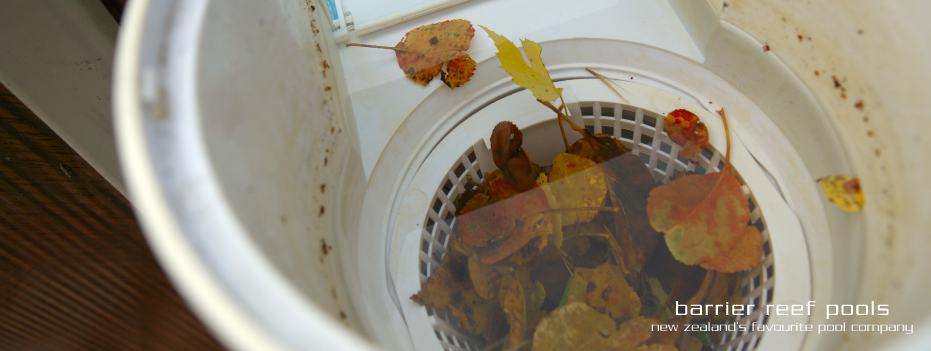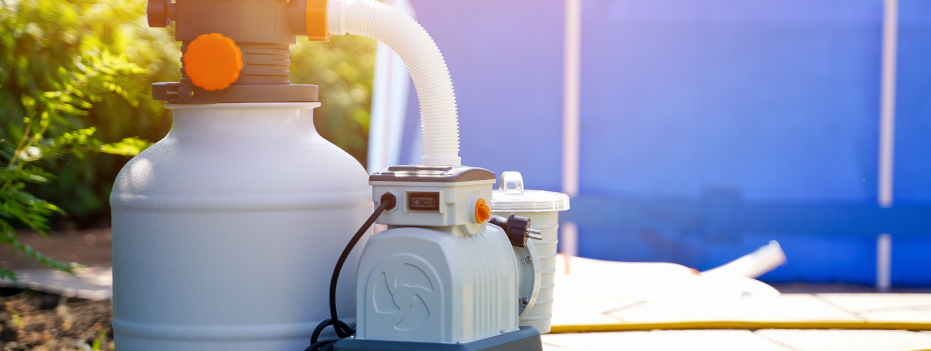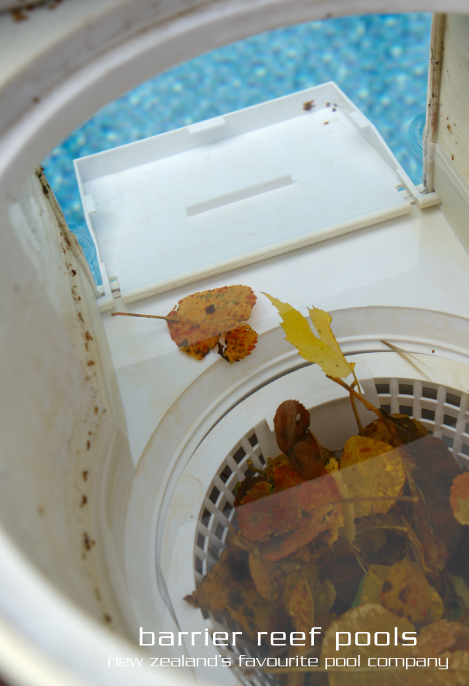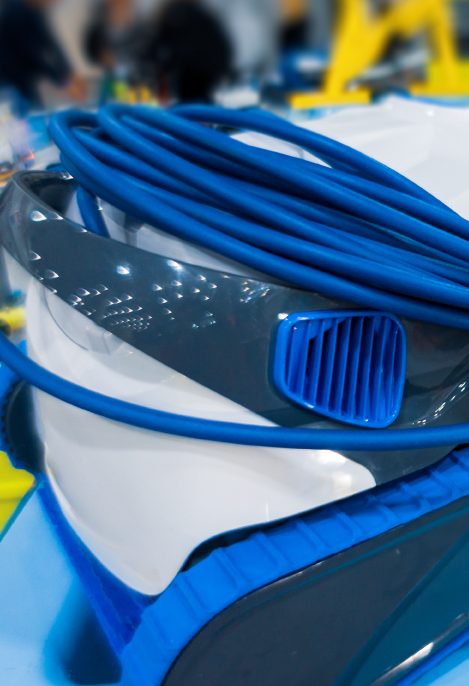Understanding The Different Parts Of A Swimming Pool
Essential parts of a pool are vital to know about, not just for the maintenance of pools, but also for pool safety considerations. If you are a proud pool owner, you must know what the different parts of a pool are, be able to identify them, and know their function. In case of any troubleshooting, knowing and grasping how pool components work can help you when you call in pool maintenance services. You may not know how to repair pool parts yourself, but you should be aware of their functioning to check the working of your pool generally.

There are different kinds of home swimming pools on the market today, but the crucial parts of any pool remain common to most pools. When you decide to have a swimming pool installed in your backyard, you may also want additional features to complement your pool experience. These are features that you can customise your pool with. The main pool components are those which are necessary for a pool's proper functioning and operation.
The side of the suction
In any pool, there is a side that allows for the water to be sucked in. This is the side that performs the function of the suction of water. The water is sucked into the system and sent directly into the filtration device. Here, the circulation of water occurs.
The skimmers
Home pool tips to maintain your pool will always talk about skimmers. These are on the side where suction occurs, and you may consider them as a part of the filtration mechanism. Built at the side, they consist of buckets that have skimmer baskets inside. They catch large debris like bugs, twigs, leaves, and any other debris too big to fit through your filtration device. The water of the pool travels into the skimmer and begins its path to the filter. While speaking about skimmers, it is important to know about suction lines – these are pipes, made from PVC, that take the water of the pool from the skimmers to the pool pump.

The primary drain
The main or primary drain of your pool is typically located in the lowest surface area of the interior of your pool. Whether you go in for the advanced fibreglass pools or any other, the drains will always be there. You will find the drain at the deep end of your pool. Nonetheless, although this part is known as a drain, it can mislead you as to its actual function. Yes, it is used as a device to drain your pool, but it isn’t often used this way. Normally, the main drain acts like a skimmer does. The water circulation is controlled by the main drain and the skimmers as water is sucked at the top via the skimmers, and at the lower end of the pool by the drain.
Home fibreglass pool tips suggest that you should never try to use the drain as its name suggests and drain a pool by yourself. If you wish to drain your pool at any point in time, you should call in an expert to help you. Advanced pools built in-ground today have two drains. This is purely a protective measure in the event one of the main drains experiences a blockage.
The pool's filtration
In the system of filtration of any fibreglass pools of today (and other pools too), you will find the system composed of the filter of the pool and the pump of the pool. Although these are within the same system, they are entirely individual in their make-up and operation:
The Filter of the Pool – Pools often make use of sanitisers such as chlorine to get rid of bacteria and viruses. Nonetheless, this is only a small part of the job completed. The rest is conducted by the filter of the pool. Tiny particles, debris, and in particular cases, bacteria also, is removed by filters. These may be particles that sanitisers may have failed to remove properly.
The Pump of the Pool – In case you are thinking that the water of the pool simply drops into skimmers, you are wrong. The “impeller”, a part of the pump of any pool, is a spinning device that forces a vacuum, sucking water into the filter of the pool. In all pools, including home swimming pools, the device is operated by a motor. Consequently, any pump of a pool is classified according to its horsepower. The horsepower you need is dependent on your pool’s size. The larger the pool, the bigger your pump will be. This means that the pump has to move higher water volume.

The side of the pressure
The side of your pool that pushes water away from the filter and sends it back inside the pool is called the “pressure side” of the pool. This function makes the circulation of water complete. On this side of fibreglass pools, you will find the following parts:
Return Lines – These perform operations contrary to the lines of suction. They are pipes of PVC that take pool water back from the filter to the jets.
Return Jets – Once the water which has gone through filtration has travelled via return lines, it reaches the return jets, and enters the pool again.
Plainly put, the jets of home swimming pools have dual purposes. They are not only portals from which water is carried back and forth into the pool, these jets also tend to propel water all around the pool. This is a good way for water to reach skimmers, and also to force any debris into the baskets of skimmers.
Kinds of pools
Whatever pool you have chosen to own, whether fibreglass pools or concrete, all vary in shape and size, depending on the pool you have selected to meet your requirements. Basically, all pools have common components, and all serve specific purposes. These are fundamental pool parts that every pool requires for its adequate functioning and maintenance. Other components can be added to pools, whether in-ground or above.
Conclusion
Whatever you own, from a New Zealand fibreglass swimming pool to any device, you should know the ins and outs of working with any equipment. This goes for pools and their parts. Being aware of the parts of a pool gives you an edge and you can be savvy when it comes to pool maintenance and repair. Once you know about the parts of a pool, you are prepared for mishaps as you can easily decipher any pool problems.
Understanding The Different Parts Of A Swimming Pool
Essential parts of a pool are vital to know about, not just for the maintenance of pools, but also for pool safety considerations. If you are a proud pool owner, you must know what the different parts of a pool are, be able to identify them, and know their function. In case of any troubleshooting, knowing and grasping how pool components work can help you when you call in pool maintenance services. You may not know how to repair pool parts yourself, but you should be aware of their functioning to check the working of your pool generally.

There are different kinds of home swimming pools on the market today, but the crucial parts of any pool remain common to most pools. When you decide to have a swimming pool installed in your backyard, you may also want additional features to complement your pool experience. These are features that you can customise your pool with. The main pool components are those which are necessary for a pool's proper functioning and operation.
The side of the suction
In any pool, there is a side that allows for the water to be sucked in. This is the side that performs the function of the suction of water. The water is sucked into the system and sent directly into the filtration device. Here, the circulation of water occurs.
The skimmers
Home pool tips to maintain your pool will always talk about skimmers. These are on the side where suction occurs, and you may consider them as a part of the filtration mechanism. Built at the side, they consist of buckets that have skimmer baskets inside. They catch large debris like bugs, twigs, leaves, and any other debris too big to fit through your filtration device. The water of the pool travels into the skimmer and begins its path to the filter. While speaking about skimmers, it is important to know about suction lines – these are pipes, made from PVC, that take the water of the pool from the skimmers to the pool pump.

The primary drain
The main or primary drain of your pool is typically located in the lowest surface area of the interior of your pool. Whether you go in for the advanced fibreglass pools or any other, the drains will always be there. You will find the drain at the deep end of your pool. Nonetheless, although this part is known as a drain, it can mislead you as to its actual function. Yes, it is used as a device to drain your pool, but it isn’t often used this way. Normally, the main drain acts like a skimmer does. The water circulation is controlled by the main drain and the skimmers as water is sucked at the top via the skimmers, and at the lower end of the pool by the drain.
Home fibreglass pool tips suggest that you should never try to use the drain as its name suggests and drain a pool by yourself. If you wish to drain your pool at any point in time, you should call in an expert to help you. Advanced pools built in-ground today have two drains. This is purely a protective measure in the event one of the main drains experiences a blockage.
The pool's filtration
In the system of filtration of any fibreglass pools of today (and other pools too), you will find the system composed of the filter of the pool and the pump of the pool. Although these are within the same system, they are entirely individual in their make-up and operation:
The Filter of the Pool – Pools often make use of sanitisers such as chlorine to get rid of bacteria and viruses. Nonetheless, this is only a small part of the job completed. The rest is conducted by the filter of the pool. Tiny particles, debris, and in particular cases, bacteria also, is removed by filters. These may be particles that sanitisers may have failed to remove properly.
The Pump of the Pool – In case you are thinking that the water of the pool simply drops into skimmers, you are wrong. The “impeller”, a part of the pump of any pool, is a spinning device that forces a vacuum, sucking water into the filter of the pool. In all pools, including home swimming pools, the device is operated by a motor. Consequently, any pump of a pool is classified according to its horsepower. The horsepower you need is dependent on your pool’s size. The larger the pool, the bigger your pump will be. This means that the pump has to move higher water volume.

The side of the pressure
The side of your pool that pushes water away from the filter and sends it back inside the pool is called the “pressure side” of the pool. This function makes the circulation of water complete. On this side of fibreglass pools, you will find the following parts:
Return Lines – These perform operations contrary to the lines of suction. They are pipes of PVC that take pool water back from the filter to the jets.
Return Jets – Once the water which has gone through filtration has travelled via return lines, it reaches the return jets, and enters the pool again.
Plainly put, the jets of home swimming pools have dual purposes. They are not only portals from which water is carried back and forth into the pool, these jets also tend to propel water all around the pool. This is a good way for water to reach skimmers, and also to force any debris into the baskets of skimmers.
Kinds of pools
Whatever pool you have chosen to own, whether fibreglass pools or concrete, all vary in shape and size, depending on the pool you have selected to meet your requirements. Basically, all pools have common components, and all serve specific purposes. These are fundamental pool parts that every pool requires for its adequate functioning and maintenance. Other components can be added to pools, whether in-ground or above.
Conclusion
Whatever you own, from a New Zealand fibreglass swimming pool to any device, you should know the ins and outs of working with any equipment. This goes for pools and their parts. Being aware of the parts of a pool gives you an edge and you can be savvy when it comes to pool maintenance and repair. Once you know about the parts of a pool, you are prepared for mishaps as you can easily decipher any pool problems.


